|
|
:עכשיו
כאן אני רוצה להוכיח לכם מי יותר טוב בין
|
|
1-nVIDIA vs. ATI |
|
 |
|
שמתי כמה
תמונות כדי להבדיל בין החברות או בעצם כמו שראיתי אין
:הבדל
|
|
:למי
שרוצה לקרוא
עוד אז
הנה הטקסט
|
| Introduction : |
|
Image Quality Revisited |
This past August we brought you an image quality
comparison between ATI’s RADEON 9800 Pro and NVIDIA’s
GeForce FX 5900 Ultra. We did so with the knowledge that
image quality is rather subjective, and one person’s
anti-aliasing of choice is the butt of another’s jokes.
That first piece was well received for the most part, but we
read every piece of feedback nonetheless, in email form and
on the message boards of other sites. Although the original
plan consisted of publishing a follow-up piece within a week
or two of the first article, a sudden influx of new products
kept the entire staff busy, and consequently, round two of
the image quality debate was delayed.
A few things have changed since then. Mainly, ATI released
its RADEON 9800 XT and NVIDIA unveiled the GeForce FX 5950,
both cards fundamentally faster versions of their
predecessors. Further, ATI put the wraps on what its own
driver team calls the “most innovative and significant
CATALYST release ever,” CATALYST 3.8. NVIDIA followed suit
by receiving Microsoft WHQL certification on the
long-anticipated Detonator 52.16 driver. Clearly, more than
a few variables have changed since the last time we looked
past quantifiable performance and into the world of image
quality. |
|
Changing for the Better |
I doubt that any of my colleagues will argue frame rates
tell the whole story when it comes to making a product
recommendation. Benchmarking is a perilous business,
especially with ATI and NVIDIA slinging accusations back and
forth. And so it becomes necessary to delve a bit deeper, to
analyze the quality of an image when you, the user, select
any combination of anti-aliasing and anisotropic filtering.
In the last piece, we used a limited number of titles and
matched modes. For instance, ATI’s 4x anti-aliasing was
compared to NVIDIA’s 4x; likewise for the anisotropic
filtering settings and combinations of the two. Of those
comments that we received, a majority asked for maximized
settings in the follow-up. That is, you wanted to see ATI’s
most intensive options compared against NVIDIA’s.
So, this time around we’ve used the highest settings
available on both competing cards purely for the sake of
image quality. We’ve also added some shots from the first
game scene in 3D Mark03 to highlight anti-aliasing (another
popular request). The NASCAR 2003 Racing Season screenshot
is a bit different to satiate those who weren’t satisfied
with the first comparison, we’ve zoomed out of the IL2:
Forgotten Battles scene for a better anti-aliasing shot, and
Brandon recorded a custom demo to showcase Unreal
Tournament.
Have the latest round of hardware and software releases
improved the state of image quality? Read on to find out…
|
|
:כמו שאמרתי לכם אני אביא
תוצאות בקרוב לאא.אם.דיי ואנטל אז הנה |
|
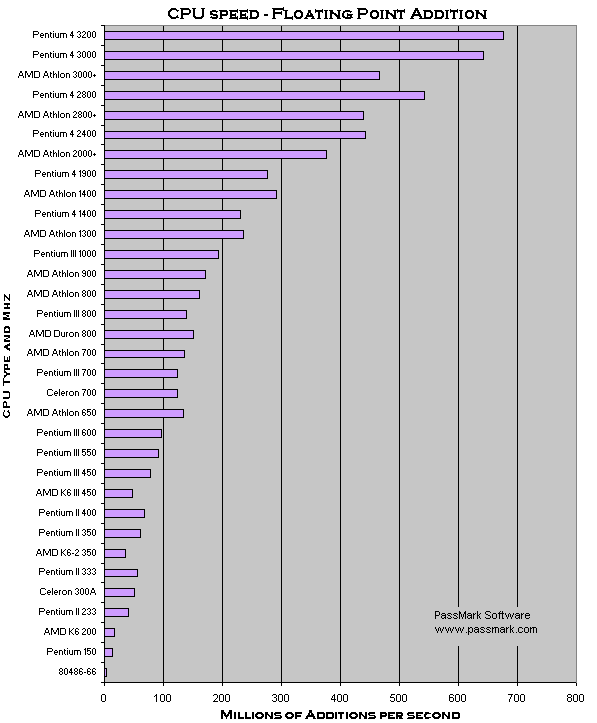 |
|
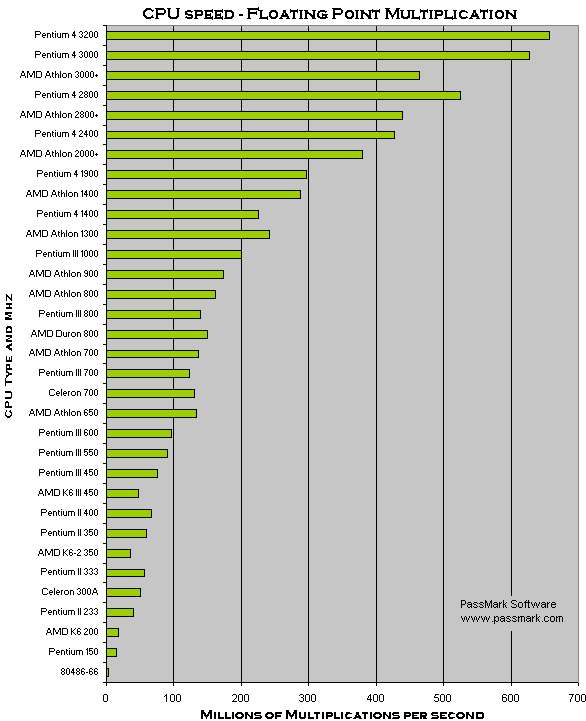 |
|
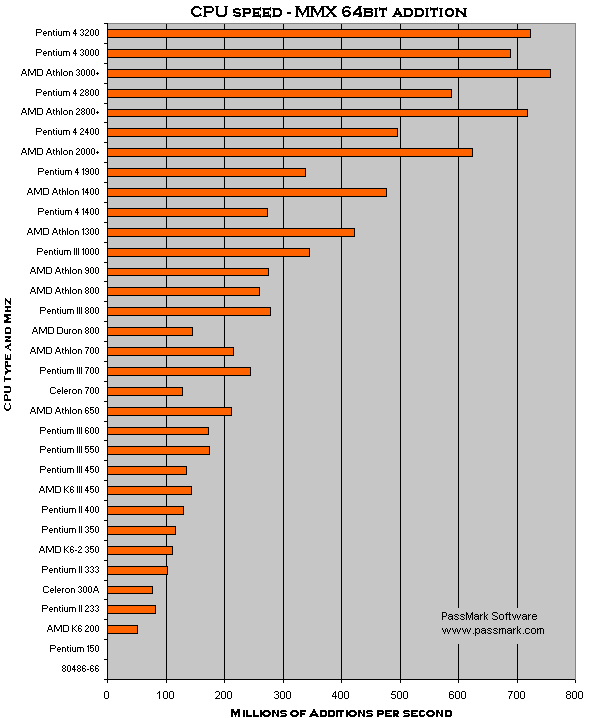 |
|
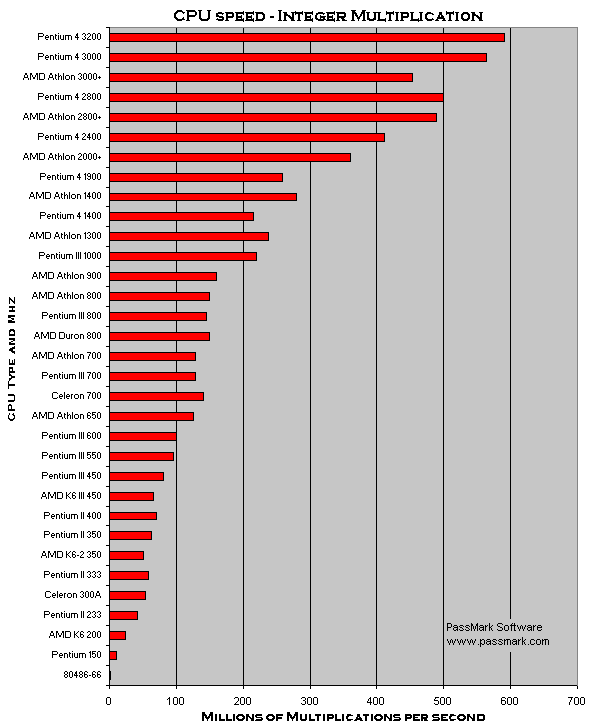 |
|
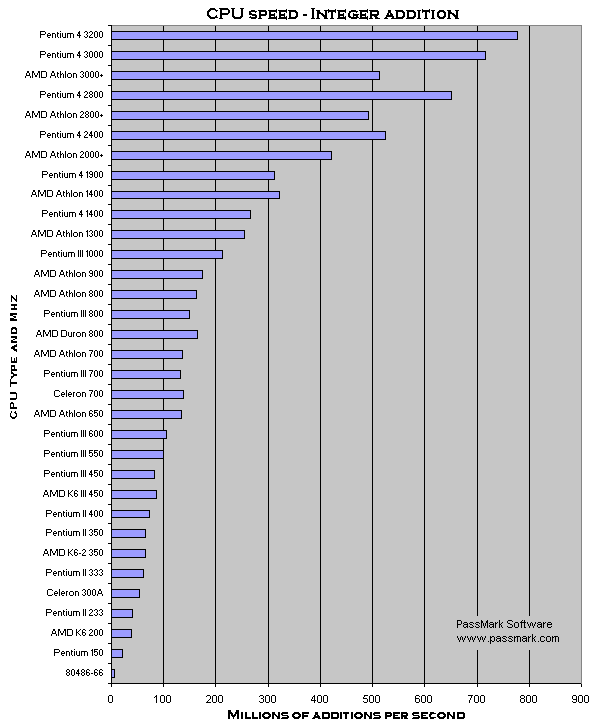 |
|
אז כמו
שראיתי בו שאנטל נצח ב 80% ואא.אם.דיי נצח ב
20%
|
|
אז זה לא
אומר שאנטל יותר טוב מאא.אם.דיי אבל אני רוצה שתבינו שכל חברה
טובה במשהו אחר מהחברה השנייה
|
|
Yahoo! vs. Google
|
|
קראתי
בחדושת שיאהו מתחרה עם גוגל. במה מתחרה אז זהו: |
|
מי יותר
טוב במייל בחיפוש ובאפשרויות |
|
בגלל שגוגל
פתחה את הג'יימייל שלה בנפח 1ג'יגה אז יאהו תגדיל תמייל שלה ל1
ג'יגה במקום 250מ"ב ואני חושב שזה כיף אבל עדיין לא ידענו מי
יותר טוב אני אומר דבר אחד לגוגל יש דברים חסרים וליאהו יש גם
לגוגל יש דברים טובים יותר מיאהו ויאהו גם יש לה דברים יותר
טובים מגוגל אז עכשיו כשישפרו את כל דבר בשני האתרים נכתוב לכם
מי יותר טוב ומה ומי ומה קורה? |
|





 |